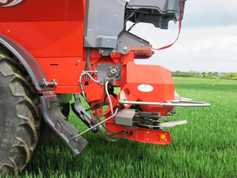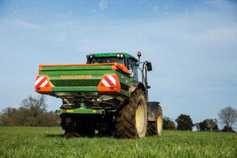When picking a dairy nut, the aim is to provide the cow with a high-quality feed supplying its needs in a cost-effective manner.
Approaching the next rotation, grass is now more digestible and lower in fibre. This gives rise to problems such as acidosis and depressed milk fat concentrations.
When looking for signs of acidosis, keep an eye out for very loose dung with bubbles throughout. Other signs for the problem include poor intakes and weight gain, as well as overall increased respiratory rates and lethargy.
It is important that the feed contains digestible fibre, such as soya hulls, distillers or gluten, as we move into the second rotation, with yeasts and buffers also being advised. It is also important to ensure sufficient levels of magnesium are included in the diet to prevent grass tetany.
On average, there is some variation in prices of an 18% crude protein lactation ration across the country.
As can be seen in Figure 1, the best value can be expected in the Munster region, with an average price of €245/t upon collection. Coming close to this is Leinster with a price of €246/t. Prices are consistent across Connacht and Ulster, with an average of €262/t.
Particular value was noted in the Meath area, with prices as low as €235/t for a high-energy 18% lactation ration.






 This is a subscriber-only article
This is a subscriber-only article










SHARING OPTIONS: